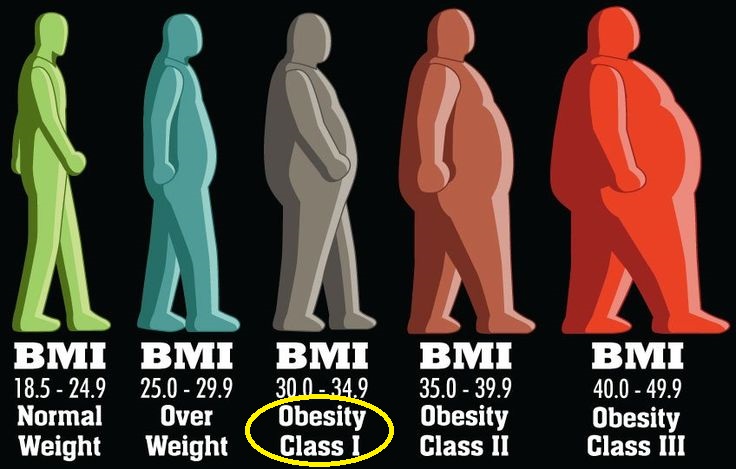
Share On Social!
Early recognition of overweight and obesity, by family and physicians, is crucial, particularly among Latino kids who have higher rates of obesity than whites.
However, many Latinos don’t understand how urgent childhood obesity is because of confusion between overweight and obesity and confusion about what obesity actually looks like.
Parents Underestimate Child’s Risk
Parents, in particular, are often unable to correctly identify their child’s weight status, thus underestimating their risk for many life-threatening diseases.
Additional confusion, that leads to underestimation of health risk associated with obesity, is related to cultural beliefs that big babies are healthier than small babies, and that kids will “grow out of” obesity.
Children don’t “Grow Out of” Obesity
Research over the past three decades has proven again and again that obese kids become obese adults, and often morbidly obese adults.
More and more children are facing complications from childhood obesity, complications that were previously only thought to affect adults. These include diabetes, fatty liver disease, high blood levels of heart-damaging triglycerides, obstructive sleep apnea, depression, and pain and mobility issues related to excess stress on the musculoskeletal system.
A study by researchers at the University of California, San Diego found that obese kids reported a diminished quality of life that was comparable to that of children with cancer.
Physical Activity Improves Quality of Life
Physical activity, like walking, improves health and reduces risk for disease.
In order for families to remain active and healthy, they need to safe places to walk, bike, and play. They also need to hear from their health care provider how important physical activity is to remain healthy across the lifespan.
Exercise Is Medicine (EIM) is working to bring the physical activity conversation into the doctors office and entire healthcare system.
The vision of EIM is to:
- Have healthcare providers assess patient’s physical activity at every clinic visit.
- Determine if the patient is meeting the U.S. National Physical Activity Guidelines.
- Provide patients with brief counseling to help them meet the guidelines and/or refer the patient to either healthcare or community-based resources for further physical activity (PA) counseling.
Training Pediatricians to Prescribe Physical Activity
The University of California Irvine Health Pediatric Exercise and Genomics Research Center (PERC) is working with EIM, the UC Irvine School of Medicine and 200 pediatricians, family physicians, students, and collaborators to launch a Pediatric training program, thanks to funding from the Sunrider Corporation.
The goal is for pediatricians and primary care and child health professionals across the country to prescribe and promote physical activity in early childhood.
Talk to your provider about physical activity as medicine to reduce childhood obesity.
Explore More:
Healthy Families & SchoolsBy The Numbers
142
Percent
Expected rise in Latino cancer cases in coming years



